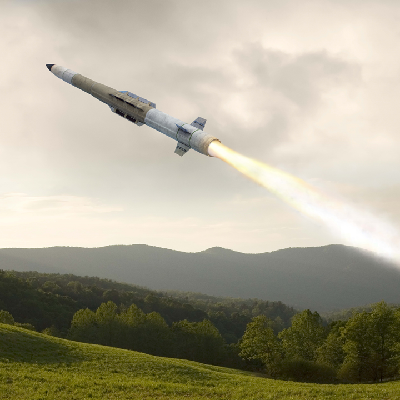Working at breakneck speed, a team of engineering and medical professionals at Stanford have created two novel computer tools that can tell local governments and hospitals whether they are about to be overwhelmed by the COVID-19 pandemic.
One of the new calculators provides county-by-county predictions of hospitalizations tied to the coronavirus. The other allows individual hospitals to predict their own shortages of intensive care beds, ventilators and staffing.
The tools were developed in mere weeks, starting in mid-March, by a group at Stanford Engineering that specializes in solving operational problems for hospitals. The team, called Systems Utilization for Stanford Medicine or SURF Stanford Medicine, is headed by David Scheinker, an adjunct professor at the School of Engineering and a clinical associate professor at the School of Medicine.
Because testing for the novel coronavirus has been so limited, it’s still difficult to know what’s really happening in a community. Uncertainty about the number of people who are infected but don’t exhibit severe symptoms makes it hard to predict how fast the disease will spread or how many additional people are likely to need hospitalization in the near future.
The new models are designed to address those challenges. The first one projects increases in COVID hospitalization on the county level. The model begins with population data about a county, including data about the prevalence of people who are likely to be vulnerable. Higher numbers of elderly people, or those who have heart conditions or suppressed immune systems, for example, point to a much higher spread and impact of the virus. The model then estimates the rate at which the number of hospitalizations is likely to double and how many patients will need either acute or intensive hospital care on a given day in the weeks ahead.
The second model projects how much capacity a specific hospital is likely to need over the next month. It starts with a hospital’s present number of patients, both those with COVID-19 and those with other issues, and projects how fast that number is likely to increase. This model also incorporates data about how long patients are likely to need different levels of health care. Some patients start out with relatively basic care and then move to intensive care, for example, and then move back to regular wards as their symptoms ease.
Once a hospital maps those projected needs against its existing capacity, the program generates a chart that predicts when the hospital is likely to run short of equipment and staff.
A newer feature, only in use at Stanford Hospital and Lucile Packard Children’s Hospital Stanford at the moment, makes similar predictions about supplies of personal protective equipment such as face masks and gloves.
The new calculators are the result of a crash collaboration between engineering faculty and graduate students, on the one hand, and faculty at the Stanford School of Medicine. Over the years, Scheinker’s SURF group has created models for hospitals to improve surgical schedules, make more efficient use of operating rooms and make better decisions about juggling surgeries in a crisis.
The COVID project began in early March. Kevin Schulman, a professor of medicine at Stanford, approached Scheinker about a planning tool for hospitals and communities.
Scheinker assembled a team that included Peter Glynn and José Blanchet, both on the faculty of management science and engineering, and nearly a dozen graduate students. The entire group held daily calls over Zoom with faculty from Stanford’s two hospitals, then broke up into smaller teams to tackle specific pieces of the project.
“This wouldn’t have been possible without the students, who were exceptionally motivated by this opportunity to serve the community,” Glynn said. “They went far beyond what you would hope students would do in supporting a project, and they all did it while working remotely.”
Teng Zhang, a PhD candidate in management sciences and engineering, led work on the estimator for hospitals. Johannes Ferstad, a graduate student in management sciences and Angela Gu, a graduate student in computer science, led work on the calculator for counties.
To read all stories about Stanford science, subscribe to the biweekly Stanford Science Digest.
By Edmund L. Andrews





